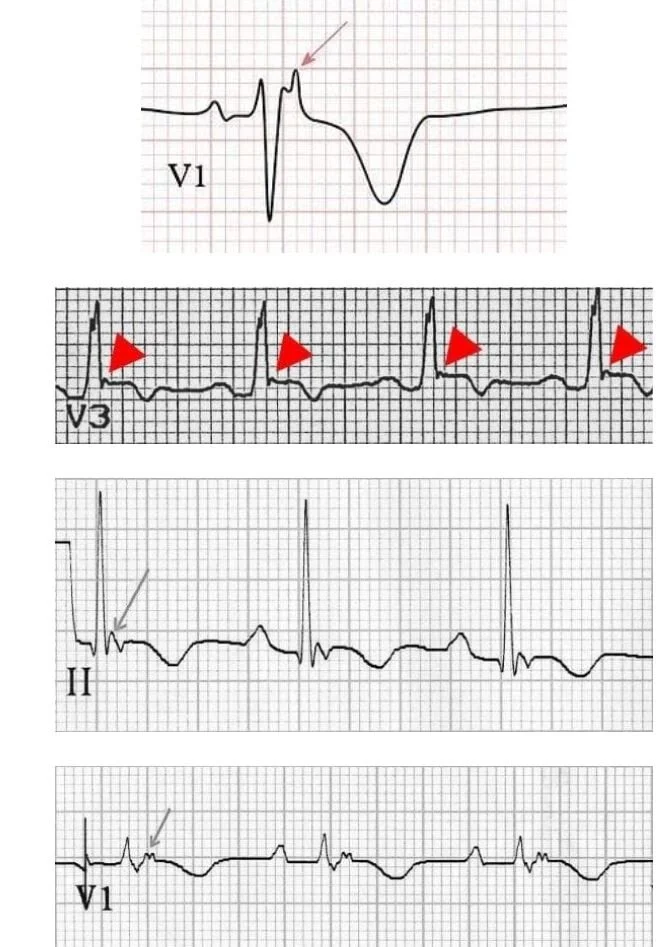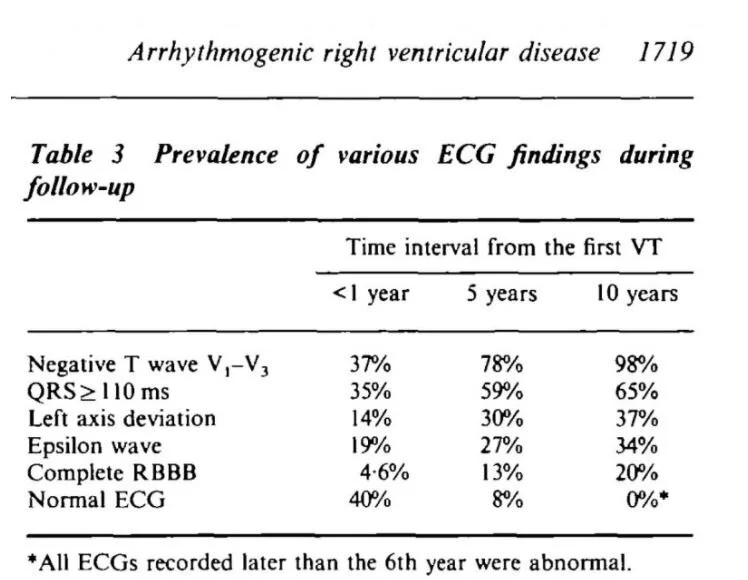POTD: Uric Acid in Urinalysis
What do you make of this “moderate uric acid” in this UA?
I usually just overlooked it whenever I saw it on a UA…I’m sure its fine…but now that I’m on admin, I got a bit of time to take a closer look. For the most part, it doesn’t really mean anything, but there are cases where it can assist in our decision making.
Purine nucleotide (sardines, veal, in basically every proteinaceous food) metabolism produces relatively water-insoluble uric acid in humans. Uric acid level is determined by rate of synthesis, rate of renal/GI excretion, and metabolism. Uric acid has a pKa1 of 5.3 so it’s water soluble at physiologic pH of 7.4. Urine has a wide range of physiologic pH 4-8 and as it gets close to 5.5, it starts precipitating from urine forming crystals.
By far the most common cause of low urine pH is dehydration especially if the patient is having diarrhea which causes a loss of sodium bicarbonate (hyperchloremic acidosis). This can cause a drop in urine pH beyond 6 into the 5s which will lead to precipitation of uric acid crystals. The patient just needs rehydration and the urine pH will increase resolving the uric acid crystals. Patients can also develop uric acid crystals if their diet is too protein rich so dietary modification can be indicated. This is why patients with many gout flare ups are often on low purine diets.
Uric acid stones make up 5-10% of all kidney stones in the US. The thing is that in the most common calcium oxalate stones, there is often urate excreted as well so sometimes uric crystals are not always diagnostic. Uric acid crystals are radiolucent on XR but easily visible on non-contrast CT, but who is trying to find stones with an XR anyway? The treatment is just hydration and at most diet modification. It’s interesting that in desert/arid regions of the world, up to 40% of all renal stone are due to uric stones. The patient might have a condition causing hyperuricemia leading to recurrent uric acid stones (gout, malignancies, hemolytic disorders, obesity, G6PD, purine overproduction genetic disorder). The next step would be alkalization of the urine; most commonly daily potassium bicarbonate or potassium citrate can be given to dissolve the stones, but this is not really an ED concern. PMDs/urologists can do serum and urine uric acid testing if these stones do not resolve to identify if the hyperuricemia is from overproduction or underexcretion. I could not find a study finding the correlation between uric acid crystals and the likelihood of kidney stones. There are studies linking lower pH to increased chance of kidney stones but there were no specific numbers given.
One of the patient populations where uric acid crystals is more concern are cancer patients are chemotherapy. Chemotherapy/radiation can induce rapid cell lysis leading to hyperuricemia in tumor lysis syndrome. This can lead to acute uric acid nephropathy when uric acid precipitate on the nephrons causing acute uric acid nephropathy. Sometimes these patients need to be on rasburicase, allopurinol, or febuxostat to reduce uric acid production. The problem with uric acid crystals in urine is that it can be negative this in case if they become obstructed in the nephrons. It does not always correlate with uric acid level, which is a much better indicator of hyperuricemia. Indication for dialysis in tumor lysis syndrome is serum uric level > 10, renal failure.
Gout is characterized by extracellular fluid urate saturation leading to hyperuricemia. These patients have 2x likelihood of having kidney stones but the most common stone is still calcium oxalate. In these patient’s uric crystal in urine is still not correlated to uric acid level. Gout is diagnosed with arthrocentesis of the synovial fluid. Urine uric crystals are not useful in diagnosis in this case as the uric acid is precipitated in an acute attack and the patient’s uric acid levels are often (70%) normal. Serum uric acid levels are not even very helpful in these cases.
Overall, seeing uric acid crystals in urine is generally just a sign of urine pH < 6 likely due to dehydration. It can help guide the management by the urologist or primary care doctor after the visit but it is of low utility to the ED provider. It can tip us off for tumor lysis syndrome or a gout attack, but I wouldn’t depend on it. Serum uric acid level are much more useful from a diagnostic perspective.








